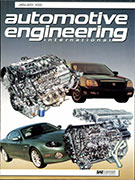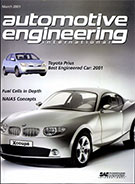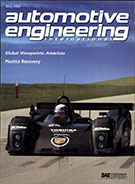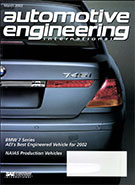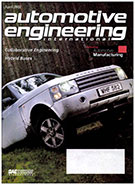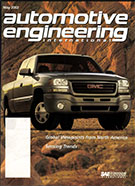Magazine

AUTONOMOUS VEHICLE ENGINEERING
2022-04-07
Editorial Safety sells, they say. Should it sell driving automation? The Navigator Vehicle connectivity moves to the next generation Lockered and Loaded With its innovative Transporter, AV startup Udelv rethinks the entire concept of parcel delivery. Navigating Deep Learning to Improve ADAS How edge computing drives real-time decision making in AI for smarter, safer automated vehicles. Ensuring No Child Left Inside Up-armed with new key technologies, Gentex is making 'holistic' driver and cabin monitoring a core-brand hallmark. Precision Tech the 'Backbone' to CNH's Digital Strategy The ag and construction equipment OEM bolsters its tech stack to accelerate development of precision and autonomous solutions. AV Powers Bring May Flowers Michigan-based May Mobility survived rocky roads thanks to faith in its founders' vision and the company's autonomous tech. The Short-flight Alternative The Budget Airline Car is an EV alt-shuttle seating six adults, with luggage storage in each door.



